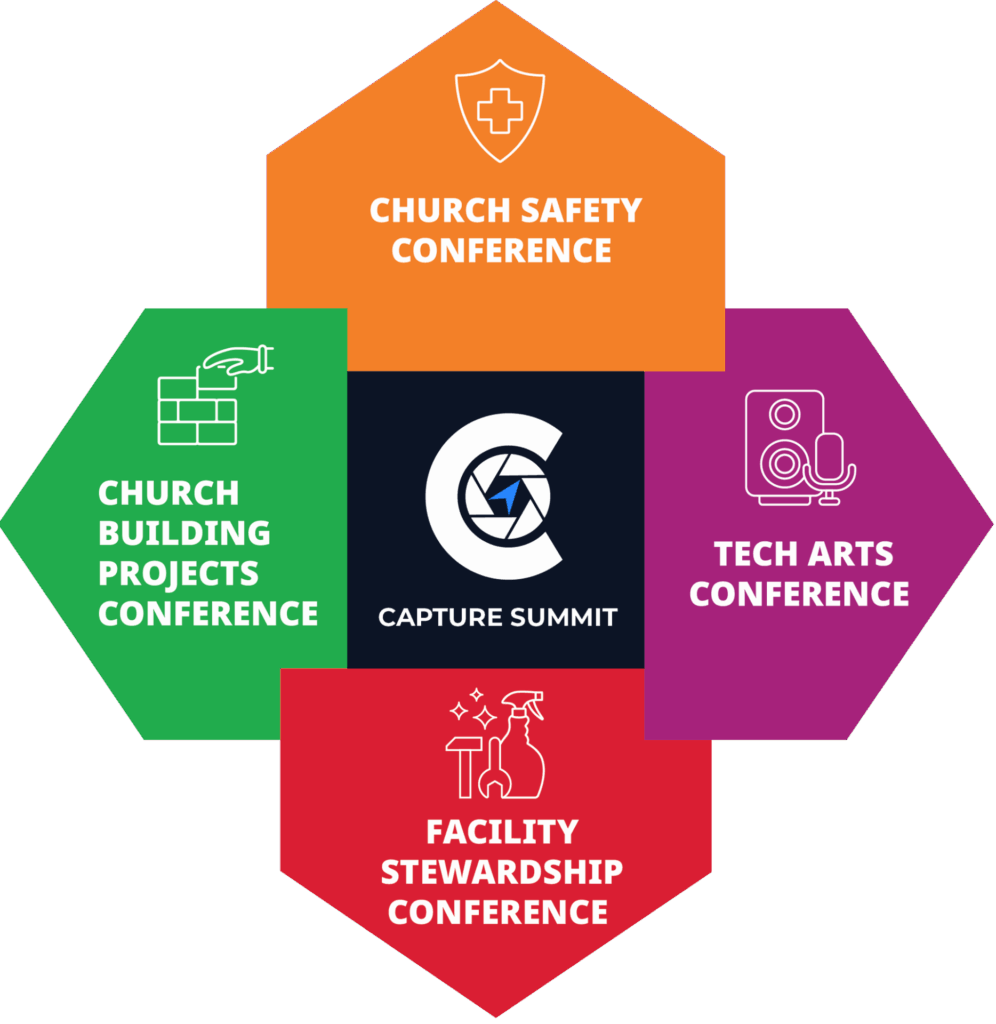In sanctuaries across the country, sound and visuals are no longer auxiliary—they’re essential. As worship services become more dynamic and increasingly streamed online, the demand for high-quality audio-visual (AV) equipment is growing. But with rising expectations come rising costs. For houses of worship, often operating on tight or donor-based budgets, navigating an AV upgrade can be overwhelming.
The good news: With thoughtful planning and informed budgeting, faith communities can invest in AV systems that serve both spiritual and practical needs without breaking the bank.

Start with a Ministry-Driven Vision
Before looking at price tags or product specs, leaders must ask: What is our ministry trying to achieve with AV technology?
Is the goal to improve in-person sound clarity? Support a livestream for homebound members? Enhance multimedia elements during services?
This vision should drive every financial decision. A clear mission-focused plan keeps congregations from overspending on features they don’t need—or under-budgeting for essential capabilities.
Assess Your Current System Honestly
Take inventory of existing equipment. What’s outdated, what still functions, and what can be repurposed? Enlist a trusted AV consultant—or a tech-savvy volunteer—to conduct a site audit. Identify critical pain points like poor acoustics, feedback issues, or limited camera angles. These problems often inform the most urgent upgrades and can help prioritize spending.

Build a Realistic, Tiered Budget
Once needs are defined, begin building a tiered budget:
- Baseline Tier: Core essentials (e.g., speakers, microphones, video switchers)
- Mid Tier: Improvements (e.g., upgraded cameras, lighting, streaming systems)
- Wish List Tier: Long-term enhancements (e.g., LED walls, wireless intercoms)
Include installation, training, cabling, future maintenance, and possible facility renovations in your cost estimates. The “hidden” costs—like acoustic treatment or power supply upgrades—can be just as critical as the gear itself.
Seek Quality Over Quantity
In the AV world, more isn’t always better. A single high-quality microphone may outperform three budget models. Prioritize reliability and manufacturer support over sheer features. Houses of worship often benefit most from equipment known for stability and ease of use.
Ask for demo units, and test in your space. A soundboard that looks great in a showroom may feel overwhelming in a volunteer-run environment.
Phase the Investment
For most houses of worship, the idea of a complete AV system overhaul in one sweeping purchase is financially unrealistic—and often unnecessary. The good news is that audio-visual investments don’t have to happen all at once. In fact, phasing your investment over time is often a smarter and more sustainable strategy.
This approach enables congregations to stretch their budgets, respond to real-world feedback, and ensure every dollar contributes meaningfully to the mission.
A full AV overhaul may not be financially feasible at once—and that’s okay. Phasing the project over 12–36 months lets churches spread out costs and incorporate feedback after each stage. Phase one might upgrade the soundboard and speakers; phase two could add video capability; phase three might address live streaming infrastructure.
Phasing your AV investment is a strategic, faithful way to steward your resources. It reduces financial strain, improves decision-making, and builds momentum. Most importantly, it allows your technology upgrades to grow alongside your people, your programs, and your purpose. This staged approach also allows time for training and adaptation, ensuring the congregation gets the most out of every dollar spent.

Explore Grants, Discounts, and Partnerships
Houses of worship often operate on limited budgets, funded by tithes, donations, and seasonal giving. Investing in audio-visual (AV) equipment may feel like a financial stretch, especially when paired with other pressing ministry needs. Fortunately, there are often untapped resources that can significantly ease the burden—if you know where to look.
Many religious denominations and nonprofit tech organizations offer grants or discounts for AV equipment. Some AV integrators also provide special pricing for faith-based clients. Don’t hesitate to ask vendors about refurbished gear, bundle pricing, or house of worship programs.
Engage local universities or community media centers—these partnerships can provide both equipment access and technical expertise at a fraction of the cost. The path to better AV isn’t always through spending more—it’s through spending smarter. With a combination of strategic research, relationship-building, and creative financing, houses of worship can turn financial limitations into innovation. The right partnerships and funding sources can help transform an AV dream into a ministry-enhancing reality.
Train and Empower Your Team
Even the best AV system is only as effective as the people using it. Allocate part of your budget to training staff and volunteers. Create easy-to-understand guides and offer regular workshops. Long-term, a trained team reduces tech hiccups and protects your investment. No matter how modern or expensive your AV equipment is, its effectiveness hinges on the people behind the controls. For many houses of worship, AV systems are operated not by professionals but by volunteers—often with varying levels of technical expertise. This makes investing in training just as vital as the equipment itself.
An untrained team can unintentionally cause costly mistakes: feedback screeches during a sermon, cameras pointed in the wrong direction, muted microphones, or dropped livestreams. These issues don’t just frustrate—they disrupt worship. They also reduce confidence in the system and discourage volunteers from continuing. Conversely, a well-trained AV team fosters smooth, seamless services that elevate the worship experience, whether onsite or online. It also increases the longevity of the gear. Proper handling, correct shutdown procedures, and basic maintenance—these practices preserve your investment.
When drafting your AV budget, earmark 5–10% specifically for training and team development. This can cover:
- Initial setup and walkthroughs with the AV integrator
- On-site or virtual workshops on equipment use
- Access to online courses or certification programs
- Printed or digital user manuals tailored to your setup
- Honorariums for experienced volunteers or tech professionals to provide ongoing mentorship
Training is not a one-time event—it’s an ongoing process, especially as new equipment, features, or volunteers are introduced. Investing in people is just as important as investing in technology. A well-trained, empowered AV team ensures your equipment serves your mission—and not the other way around. Training brings consistency, builds community, and ensures that your worship services stay focused on what truly matters: the message, not the microphone.
Final Word: Stewardship Meets Strategy
Budgeting for AV equipment isn’t just a logistical task—it’s an act of stewardship. With prayerful planning, congregational buy-in, and a flexible financial roadmap, houses of worship can create AV experiences that inspire, connect, and endure. For faith communities navigating the complexities of AV technology, remember: You don’t need the most expensive gear to create a meaningful experience—you need the right gear, used with purpose and care.



